 |
July 20, 2018 Volume 24, Number 29 |
Research and Education |
General Interest |
Network Tools |
Revisited |
In the News |
Research and EducationBack to Top | |
 |
|
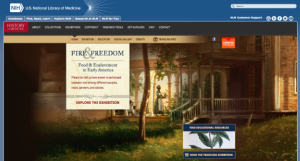 |
|
 |
|
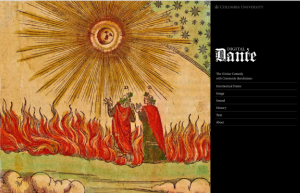 |
|
 |
|
 |
|
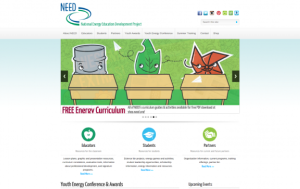 |
|
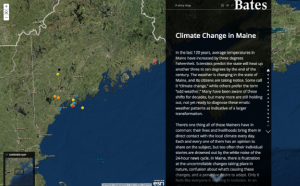 |
|
General InterestBack to Top | |
 |
|
 |
|
 |
|
 |
|
 |
|
 |
|
 |
|
 |
|
Network ToolsBack to Top | |
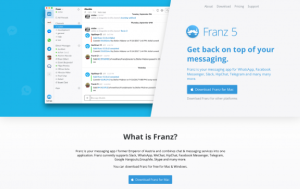 |
|
 |
|
RevisitedBack to Top | |
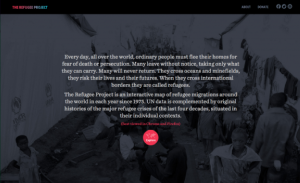 |
|
In the NewsBack to Top | |
Source of Antarctic Neutrino Identified as a Galaxy Four Billion Light-Years Away | |
|
It Came From a Black Hole, and Landed in Antarctica A high-energy neutrino has been traced to its galactic birthplace Single subatomic particle illuminates mysterious origins of cosmic rays Multimessenger observations of a flaring blazar coincident with high-energy neutrino IceCube-170922A IceCube South Pole Neutrino Observatory: Education & Outreach SciShow: Blazars Are a Thing Last week the international astrophysics community made a landmark discovery. For the first time, researchers were able to conclusively trace a subatomic particle called a neutrino back to its source: a supermassive black hole at the center of a distant galaxy, also termed a quasar or blazar (depending on its orientation). Neutrinos have a minuscule mass and no charge, allowing them to pass through matter unimpeded and leading them to be nicknamed "ghost particles." Their origins had eluded scientists for years, though many had suspected they came from quasars. To study these mysterious cosmic ray particles, in 2010 researchers led by the University of Wisconsin-Madison finished construction on the IceCube South Pole Neutrino Observatory with funding from the National Science Foundation. From there, IceCube has been detecting cosmic rays and recording data in the hopes of finding their source. These hopes were finally realized with last week's discovery through the collaboration of hundreds of scientists at observatories and institutions around the world, unlocking yet more research to come. As IceCube director Francis Halzen put it, "This is a whole part of the universe that we are only now trying to understand." [JDC] The first three links take readers to summaries of this breakthrough finding. These summaries come from Dennis Overbye of The New York Times, Emily Conover of ScienceNews, and Davide Castelvecchi of Nature. IceCube's study linking the neutrino to the flaring blazar was published in the journal Science on July 13, 2018. Readers will find that study through the fourth link. Those interested in learning more (or teaching) about neutrino science should visit the fifth link. This link takes readers to the IceCube Observatory's collection of education and outreach materials, which include videos and classroom activities. Finally, the last link takes readers to a short SciShow video that explains the distinction between blazars and quasars. | |





